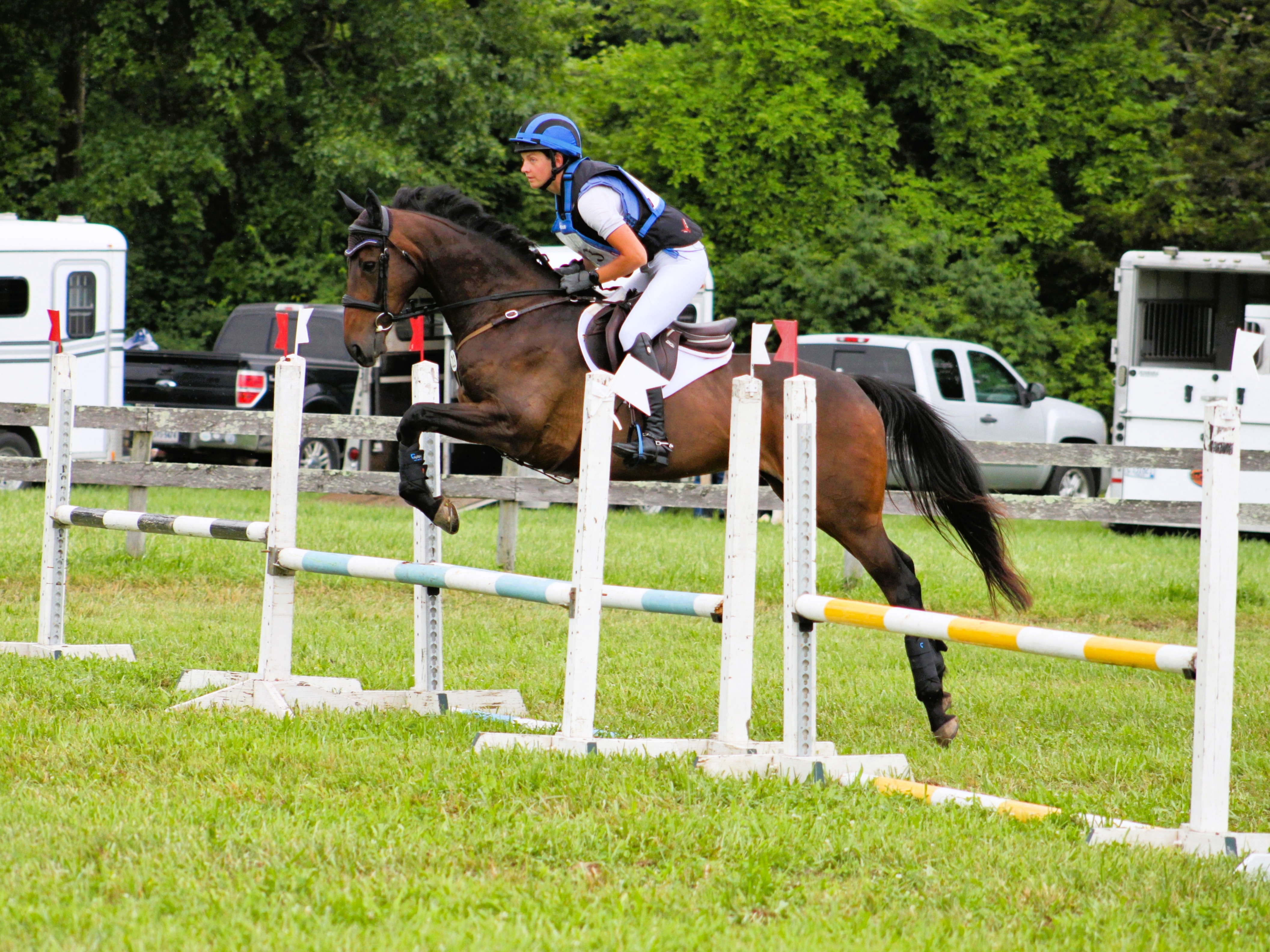
Keeping our equine athletes/ best friends happy, healthy and comfortable is always at the forefront of our minds — that’s why we’re extra excited to welcome MediVet Equine as our newest sponsor!
MediVet Equine is a leader in scientifically-based preventative and regenerative therapies for horses. Their products, all of which are all-natural and drug-free, help the horse’s body to heal and strengthen itself. Partnerships with research teams at the University of Sidney and the University of Kentucky, along with over three years of research and development before launching their products to the veterinary community and nine years now on the market, ensure that their biological therapies are second to none.
A few riders you may have heard of (like, you know, Boyd Martin and Marcia Kulak) trust MediVet Equine to help their top horses perform their best. We’ll hear more about them and which products they use in the coming weeks. Each Friday, courtesy of MediVet Equine, we’ll be bringing you the top equine health headlines from around the world right here in an easy to read manner. Ready to educate yourself? Let’s get started!
This Week in Horse Health News:
US Equestrian Federation Announces Transition of Laboratory to the University of Kentucky: The USEF Equine Drug Testing and Research Laboratory now becomes the UK Equine Regulatory Testing Laboratory and will be led by Dr. Scott Stanley, an equine toxicologist and UK faculty member. The new lab will be responsible for analyzing the random samples collected at competitions across the country and will also provide opportunities for research in equine pharmacology and toxicology [US Equestrian]
Research on racehorses can help our sport horses as well: Injuries to racehorses tend to be high profile and can be catastrophic. As a result, industry organizations have increased their funding to support research on injury prevention and risk factor identification. The sport horse world can utilize much of this information as well, to the benefit of our own equine athlete’s health and longevity. Here are some recent highlights:
- Research from the University of Kentucky suggests that breakdowns are the result of a chronic injury pattern, rather than an acute event. Blood work may reveal biomarkers that indicate a predisposition to injury.
- Researchers from the University of Guelph in Ontario analyzed data regarding racehorse deaths in Ontario from 2003 to 2015. According to the researchers, the most notable finding was that death rate was highest among two-year-old intact male Thoroughbreds.
- All-weather surfaces may increase fatality risk in flat races, according to a study from the Royal Veterinary College in the U.K. which analyzed data from Thoroughbreds in Great Britain from 2000 to 2013. Other risk factors identified included firmer (turf) or faster (all-weather) tracks and increased racing distance.
- Research from the University of California at Davis has already led to a number of changes to the racing industry in the state including dragging the tracks for frequently during training sessions in order to help prevent injury. UC Davis is also also planning future research on how riding surfaces affect dressage and show jumping horses.
You probably know what an overgrown hoof looks like, but do you know what makes them grow that way? It’s that abnormal, dished shape where the hoof curls upward from the coronary band to the toe. A collaborative team of veterinarians, physicists, mathematicians and stem cell biologists from the University of Nottingham and the Royal Veterinary College set out find an answer as to why hooves grow in the shape that they do.
Amongst their findings were that the rate of hoof growth from the coronary band tended to be faster from the quarters than from the toe region, leading to a curved shape over time. Interestingly, they also found that hoof growth from more obese horses may be straighter due to promoted hoof growth, compared to underweight horses. However, they also hypothesize that the outermost layer of cells on the hoof wall may be stimulated to grow by the presence of insulin – which can generally be elevated in obese horses prone to metabolic syndrome – also leading to the curved hoof shape. Hoof biology … it’s tricky! [HorseTalk]
About MediVet Equine:
MediVet Equine‘s mission is to bring state-of-the-art science, and principled stewardship, to performance horses, their owners and the equine industry. Following the medical model of “do no harm,” MediVet Equine, the original creators of the breakthrough MediVet Autologous Conditioned Serum (MediVet ACS), develops scientifically based biological therapeutics, enabling the horse to call on its own healing ability to achieve its full performance potential.
Specializing in regenerative treatments that help the body heal and regain strength, MediVet Equine’s products are designed to activate specific cells and growth factors within horses to encourage and enhance healing. As a result, their products are safe and suitable for all performance horses.



















